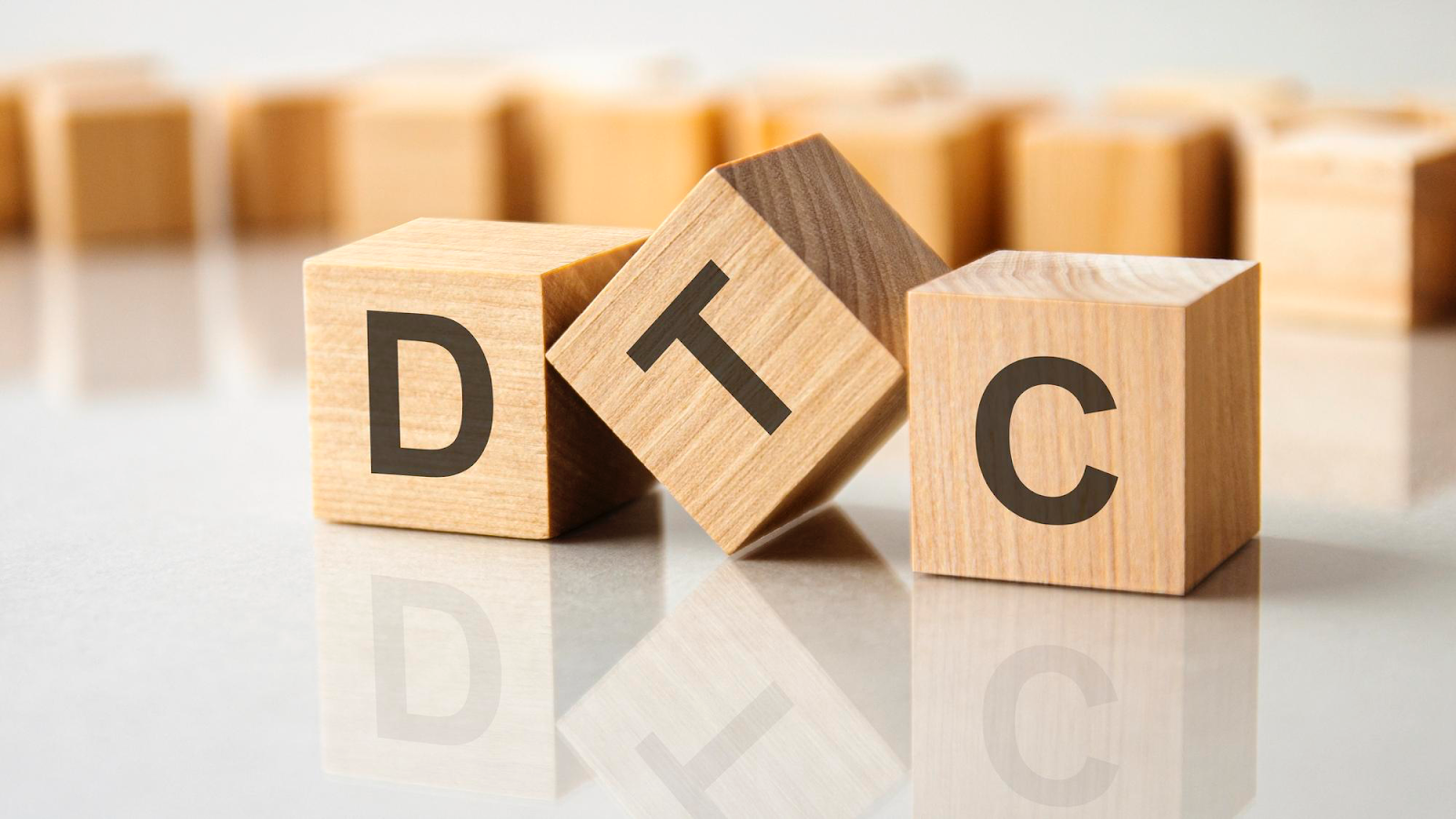
In 2025, there’s no longer any question—artificial intelligence and machine learning are central to how Google Ads campaigns are planned, run, and optimized. What we now call AdWords intelligence is the combination of tools, algorithms, and automation features that let advertisers scale smarter, not harder. For growth marketers, knowing how to harness AdWords intelligence is no longer optional—it’s essential. In this guide, you’ll learn the evolution, core components, tools, case studies, and future trends of AI-powered Google Ads, along with practical tips you can use today to stay ahead.

AdWords intelligence is the suite of advanced AI-driven features and systems built into Google Ads to automate and optimize key aspects of campaign management. This includes smart bidding, predictive targeting, generative creative, automatic asset creation, and cross‑channel campaign orchestration. Rather than relying purely on manual setups, AdWords intelligence empowers campaigns to evolve dynamically based on data signals, user intent, and predictive modeling.
Over time, legacy tools like manual bidding and static ad formats have given way to systems like Performance Max, Demand Gen, automatically created assets (ACA), and responsive creatives—all powered by machine learning models that constantly refine targeting, messaging, and creative to maximize results.
Want to see how data-led brands are scaling Google AdsROI? Explore our guide to AdWords marketing in 2025.
In 2025, Google is shifting further toward intent-based targeting (rather than strict keyword matching), enabling campaigns to react in real time to search behavior and user signals. Formats like Responsive Search Ads (RSAs), Performance Max, and Demand Gen are integral, not optional.
Machine learning analyzes millions of data points—device, location, time of day, audience signals—to set optimal bids dynamically. Strategies like Maximize Conversions, Target CPA, and ROAS bidding allow campaigns to auto-adjust spend in real time toward high-intent traffic.
With AdWords intelligence, you provide multiple headlines, descriptions, and assets; AI dynamically assembles and optimizes them per auction. Some systems now generate fresh variations automatically based on user context (device, locale, prior behavior). Demand Gen even supports generative image asset creation from text prompts.
Instead of relying solely on manually built audiences, AdWords intelligence uses predictive modeling to identify user segments likely to convert. You provide audience signals (e.g., interests, custom segments), and AI expands these to find similar users. Integration with Google Analytics 4 (GA4) and first-party data is crucial here.
AdWords intelligence helps generate copy and visuals tailored by audience and context. Automatic asset creation analyzes site content or product feeds to produce ad variations—and refines them over time via performance feedback.
Let’s talk about how data, creativity, and performance strategy can drive real growth.
Partner with Future Digital to turn insights into measurable results.
By leaning into AdWords intelligence, you can reduce manual bidding errors, scale faster across channels, and free up time for high-level optimization.

A direct-to-consumer (DTC) brand consolidated all its search, display, and video campaigns using Performance Max, feeding first-party CRM data and diverse creative assets. Within months:
The key success factors: giving high-quality creatives, using negative keyword tuning, and tightly integrating analytics with the campaign for feedback loops.

What is AdWords intelligence?
It’s the collection of AI-driven features in Google Ads (smart bidding, predictive audiences, generative creative, campaign automation) that help you build, manage, and scale campaigns more effectively.
How does AI improve bidding?
It dynamically adjusts bids based on real-time data signals—device, location, audience, likelihood to convert—rather than static manual bids.
Can I retain manual control?
Yes. You set guardrails (budgets, bid caps, exclusions), then allow AI to optimize within those boundaries. Regular monitoring and refinement remain essential.
Does Google Ads intelligence reduce transparency?
In some ways yes—some decisions are hidden. That’s why explainable AI and accountability tools are gaining importance.
When is AdWords intelligence most useful?
For scaling campaigns across many keywords, channels, or geographies. For small, narrow campaigns, manual methods may still outperform.
Ready to elevate your brand on YouTube? Visit Future Digital to get started.